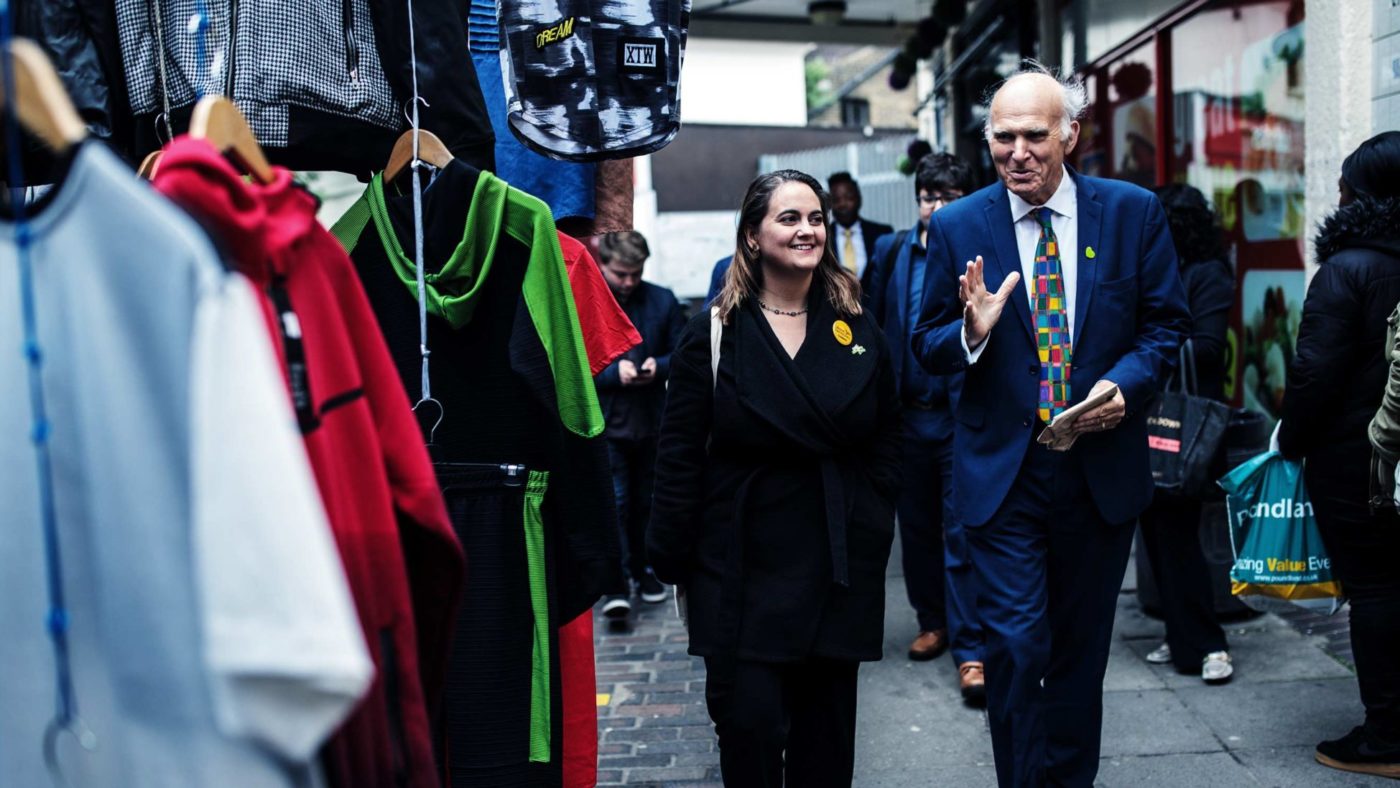Westminster by-elections are strange beasts. They attract a level of political and media interest that usually far outweighs the electoral significance of a single seat. Their impact is primarily on the wider narrative, and sometimes on internal party dynamics.
Because of this, campaigning is often intense, as much of Westminster descends on a constituency, temporarily transforming a safe seat into something of a political circus. That often leads to big swings and shock results, which in turn feeds the speculation over what might happen.
Yesterday’s contest in Lewisham East was the latest chapter in a series of sometimes dramatic, sometimes controversial duels between Labour and the Liberal Democrats (and their predecessor parties) in South East London. Labour held on with a sharply reduced majority, but a still comfortable majority over the Lib Dems.
Janet Daby will take her seat with a 26-point margin. The seat would generally still be classed as “safe”. It was Conservative briefly in the 1980s, but has otherwise been red since the war. With no major local controversies to campaign on, the Lib Dems focussed on Brexit.
On the face of it, Lewisham East makes for a happy hunting ground for a staunchly pro-EU platform. Our demographic modelling suggests that the constituency is slightly less “Remain” than the borough of Lewisham as a whole, but still opposed Brexit by two to one.
The problem for the Europhiles was that Labour was defending such a huge lead from 2017. Heidi Alexander had taken 68 per cent of the vote at last year’s general election, 45 points ahead of the Conservatives, with all other parties, including the Lib Dems, losing their deposits.
As such, the Lib Dems would have needed a swing of 32 per cent to take Lewisham East. They (and their predecessor parties) had only achieved such a swing on one occasion against Labour while Labour has been in opposition (and only twice – narrowly – even with Labour in government).
That was never going to be particularly likely. Last month’s local election results in the wards making up the constituency showed the Labour vote much lower than the 2017 Westminster result (and indeed close to where it ended up in the by-election), with the Greens and Lib Dems gaining ground, but not to the kind of extent that suggested an imminent by-election shock.
The actual 19 per cent swing from Labour to the Lib Dems was the biggest in a contest between the two since 2004, and the biggest with Labour in opposition since the by-election in nearby Bermondsey in 1983.
That by-election was one of the dirtiest and most unpleasant of modern times, and saw the largest swing of all time – 44 per cent – following a campaign in which almost everything that could have gone wrong for Labour did.
Labour candidate Peter Tatchell had been denounced by Michael Foot, opposed by the Labour leadership of Southwark Council (which put up an “Independent Labour” candidate against him) and faced both vitriol from the press over his left-wing and republican views, and a level of homophobic abuse that was striking even by the standards of the day. Liberal candidate Simon Hughes won comfortably, aided in part by substantial tactical voting. He also put out a leaflet describing the contest as a “straight choice” between Labour and the Liberals.
The history of Lib-Lab by-election contests isn’t all as dramatic as Bermondsey, but nor is it dull. Four years later, the old Greenwich constituency, which neighboured Lewisham East, fell to the SDP on a smaller swing than yesterday’s.
In fact, since the war there have now been 32 by-elections in Labour-held seats where the Lib Dems, or their predecessor parties, either came second to Labour, or gained the seat, and where Labour was in opposition. Yesterday’s swing was the seventh largest.
Turnout collapsed from 69 per cent last year to 33 per cent. By-election participation averages around two-thirds of votes cast in the same seat at the previous general election, so 40-50 per cent of registered voters would have been more normal for this seat.
In fact, this was only the 16th by-election since the war where turnout has halved from the previous general election. The low figure is perhaps understandable given the sheer number of times Londoners have been dragged to the polls in the last few years.
Another very strong pattern in by-elections is for governing parties to lose vote share. Governing party seat gains in by-elections are extremely rare, and to do so from as far behind as the Conservatives start would have been unthinkable. The Tories’ vote share was always likely to fall below 20 per cent for the first time, and in fact their nine-point drop from 2017 was more-or-less what you’d expect for a governing party.
Interpreting the result in political terms is difficult, as by-elections are now sadly very rarely polled. That means that we don’t have individual-level data from which to assess the various claims about who did what and why, and specifically how big a part Brexit played in the substantial improvement in the Lib Dem showing.
Overall then, this was a must-win for Labour and they did so comfortably, but against a disappointingly large swing. But it would be a stretch to claim this is a sign of a wider Lib Dem resurgence.


